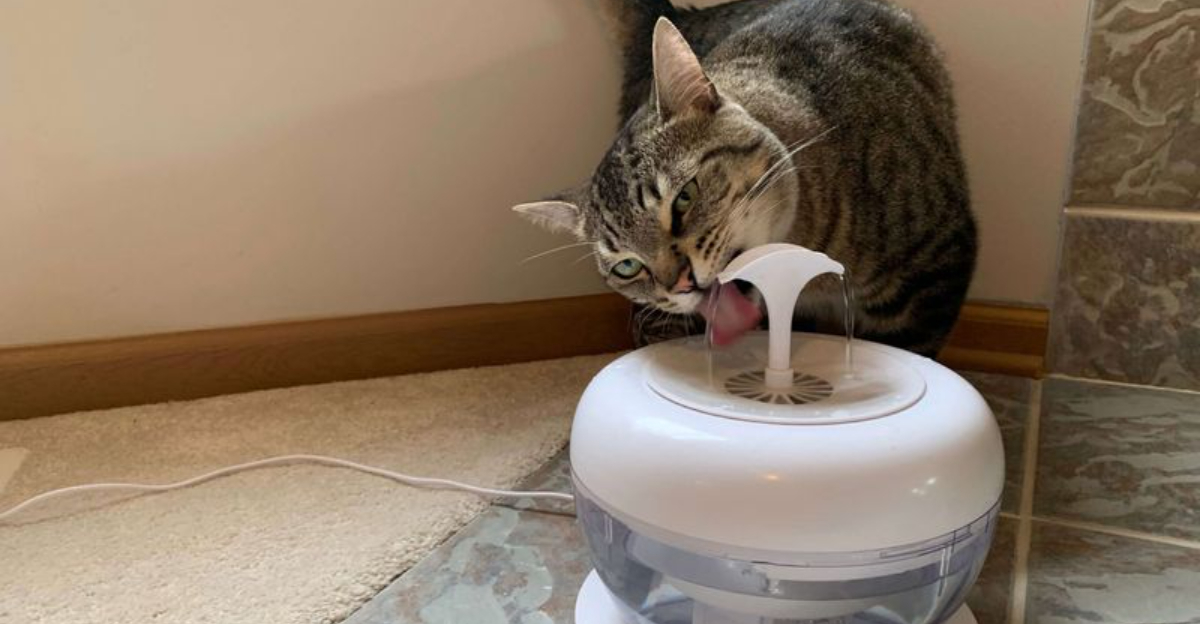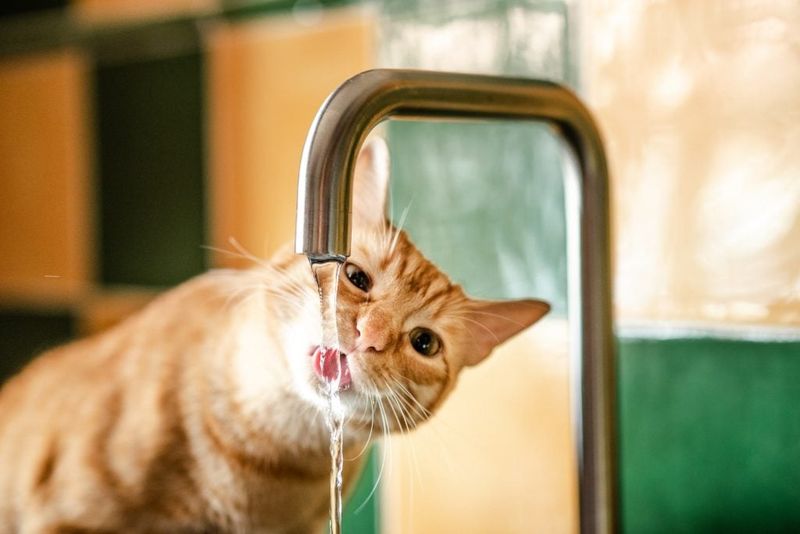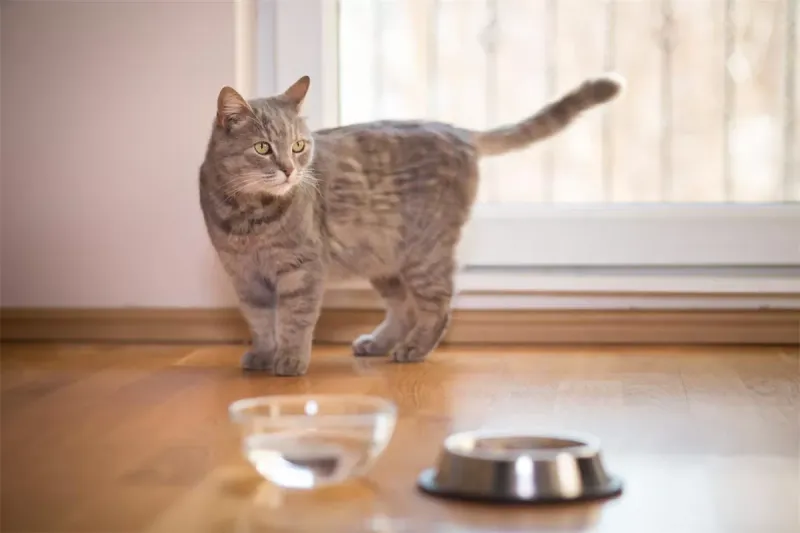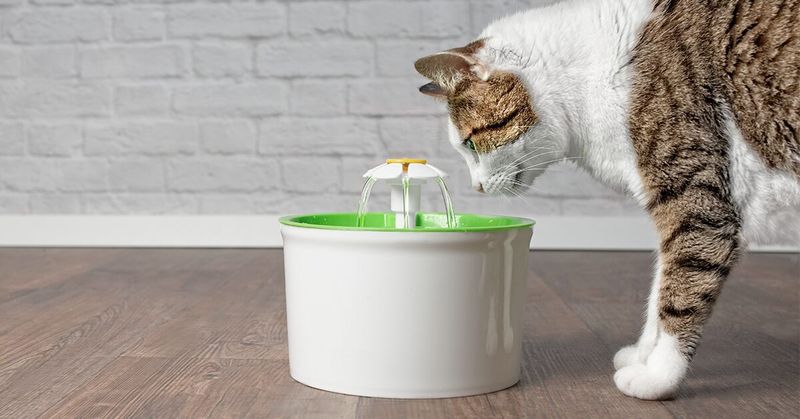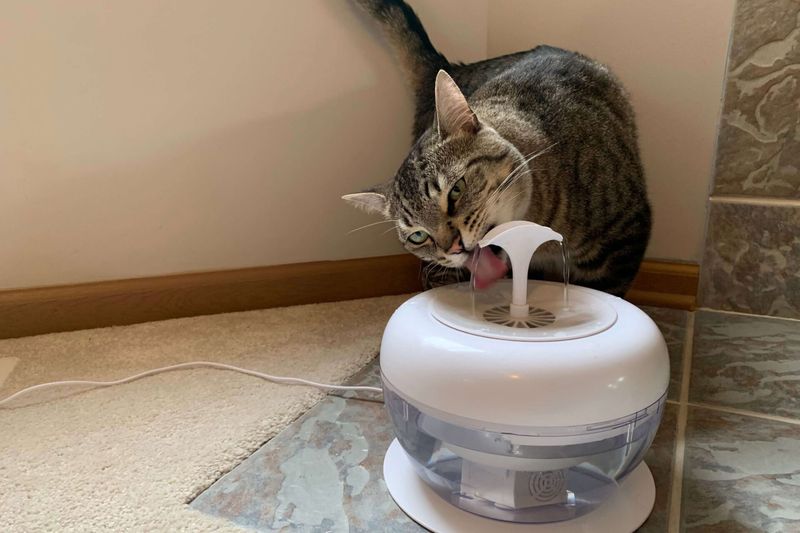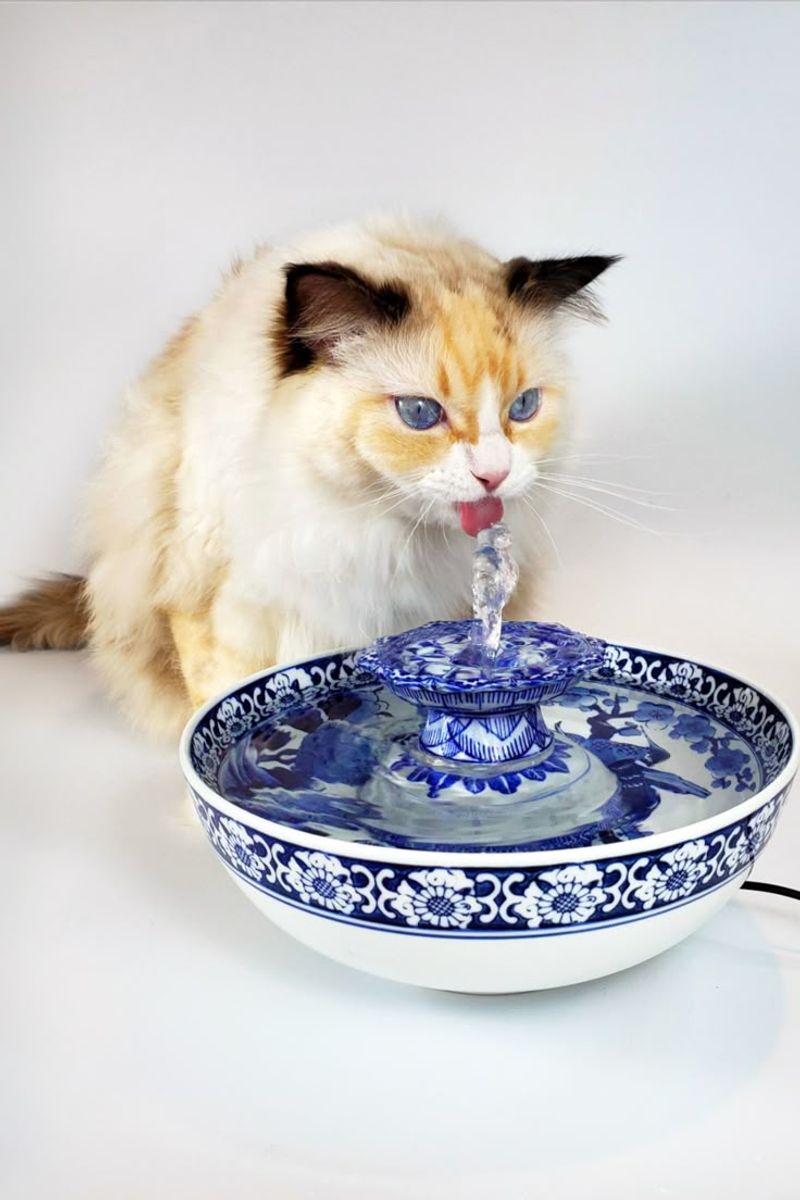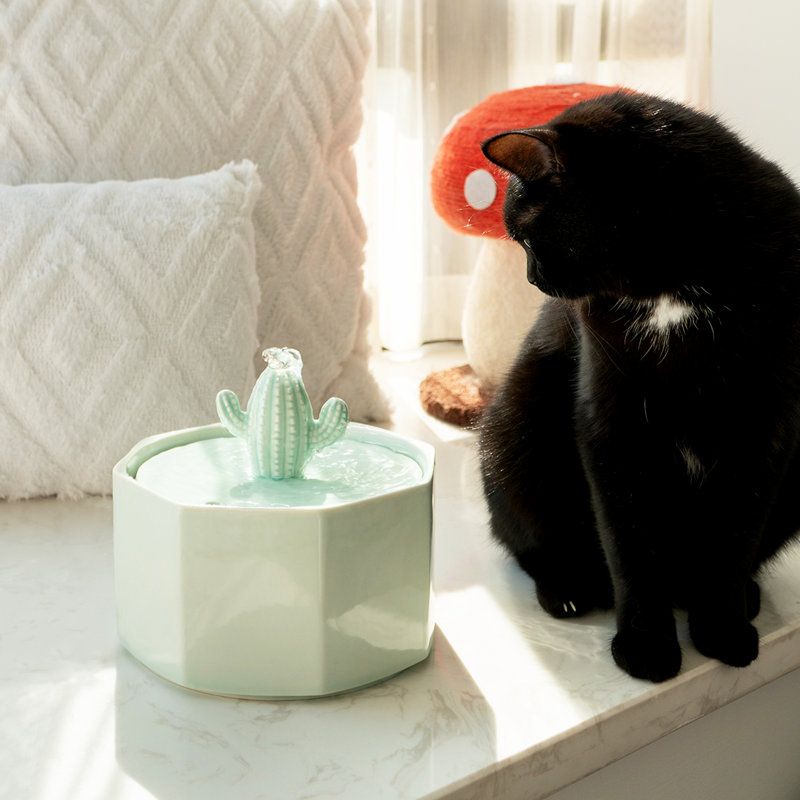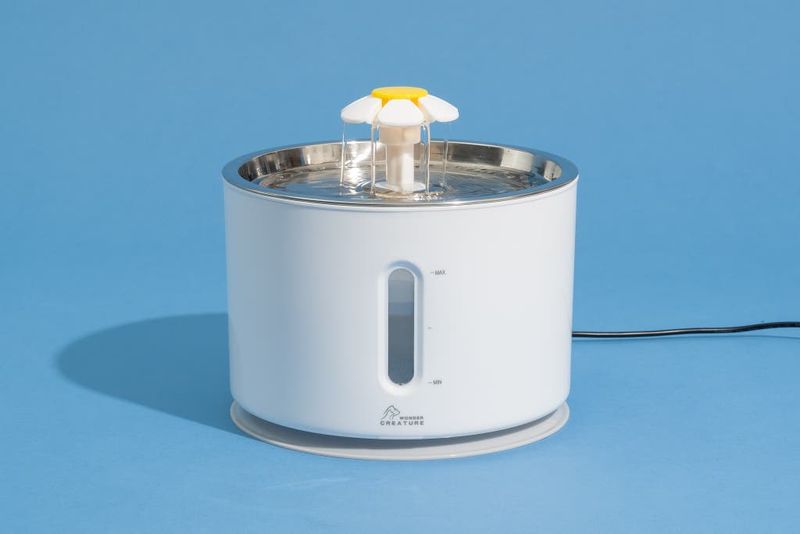📖 Table of Content:
If you’re a cat parent, you know how picky our felines can be—especially when it comes to water. Many cats tend to avoid their water bowls altogether, sipping only occasionally and often not enough. This can lead to dehydration and a range of health issues, particularly urinary tract problems and kidney complications. One increasingly popular solution? A pet water fountain.
Cat water fountains are designed to keep water flowing, clean, and more appealing to drink. The gentle stream mimics natural running water, which cats instinctively trust more than stagnant puddles. These fountains not only encourage hydration but often include filters and other features that maintain freshness far better than traditional bowls.
But before you hit “add to cart,” there are a few important things to consider. From cleaning requirements and filter maintenance to your cat’s personality and noise sensitivity, a fountain isn’t a one-size-fits-all solution. Here are seven key things every cat owner should know before bringing home a water fountain.
1. Cats Prefer Flowing Water
It turns out, cats are naturally drawn to the sound and sight of flowing water. Evolutionarily speaking, running water was often fresher and safer, making this an ingrained preference. Unlike dogs, cats tend to be more cautious about their water sources. The gentle trickle of a fountain can stimulate curiosity and encourage drinking. Some cats will even play with the stream, engaging with it like a toy. That interaction alone can lead to more hydration throughout the day. Choosing a fountain taps into your cat’s instincts and turns hydration into a natural habit.
2. Hydration Helps Prevent Health Issues
When your cat drinks enough water, their body functions more efficiently—especially the kidneys and urinary tract. Dehydration in cats is linked to serious health concerns like feline lower urinary tract disease (FLUTD) and kidney stones. Simply switching from a static bowl to a fountain can significantly improve water intake. What’s more, older cats or those on a dry food diet benefit even more from constant access to clean, moving water. Preventative care often starts with the smallest changes. A fountain might seem trivial, but it plays a big role in long-term wellness. Think of it as a daily investment in your cat’s health.
3. Fountains Need Regular Cleaning
Don’t let the convenience of a fountain fool you—cleaning it is still a must. Over time, saliva, fur, and dust collect inside the fountain and create grime. While it may seem like it’s always flowing clean water, bacteria can quietly build up. Most models need a thorough cleaning at least once a week, depending on usage. Take apart the pieces and scrub with a brush or sponge, avoiding harsh chemicals. It’s a small chore that keeps your cat safe and healthy. Just like their food dish, their water source deserves your attention.
4. Filters Need Replacing
Maintenance doesn’t stop at cleaning—the filters are equally important. Filters trap hair, dirt, and impurities from contaminating your cat’s drinking water. Forgetting to replace them leads to stagnant, murky water your cat may refuse to drink. Most filters last around two to four weeks, but check your product guide for specifics. Keep extras on hand so you’re never caught off guard. This is a recurring cost many new pet fountain users overlook. Consistent filter changes ensure your cat always has crisp, inviting water.
5. Some Cats Need Time to Adjust
Not every cat will instantly love a water fountain—it’s normal for them to be hesitant at first. Introducing it alongside their regular bowl can help ease the transition. Give your cat time to sniff, watch, and interact with it at their own pace. Avoid forcing them to drink from it or removing the old bowl too soon. Gentle exposure over a few days works better than sudden changes. Many cats come around with curiosity and a bit of patience. Once they warm up to it, they may even prefer it.
6. Material Matters
Whether it’s plastic, stainless steel, or ceramic, the material of your fountain matters more than you think. Cats with sensitive skin or prone to chin acne often react to plastic surfaces. Ceramic and stainless steel models tend to be more hygienic and easier to clean thoroughly. Though they might cost more upfront, the durability and health benefits make them a smart investment. Scratched plastic can harbor bacteria, even when cleaned. Make your choice based on both your cat’s needs and your lifestyle. Prioritizing quality now can prevent complications later.
7. Not All Fountains Are Quiet
While some fountains operate silently, others can be surprisingly loud or gurgly. Noise sensitivity varies from cat to cat, and even the quietest purr machine may get spooked by unfamiliar sounds. If you’re placing the fountain in a shared space like a bedroom, this matters even more. Read product reviews to get a sense of actual noise levels during long-term use. Consider how often you’re willing to hear the motor hum or water trickle. A quiet fountain can be a peaceful addition to your home—not a disruptive one. Ultimately, your cat’s comfort and your sanity both matter in this decision.
